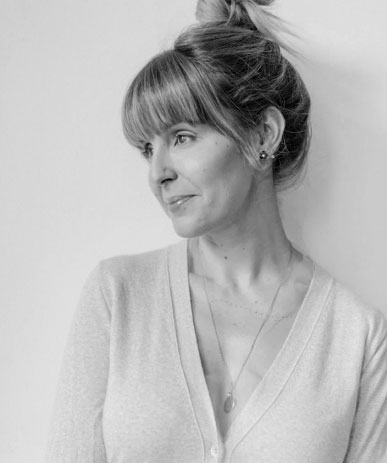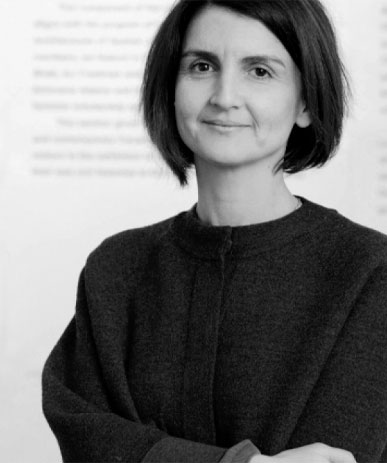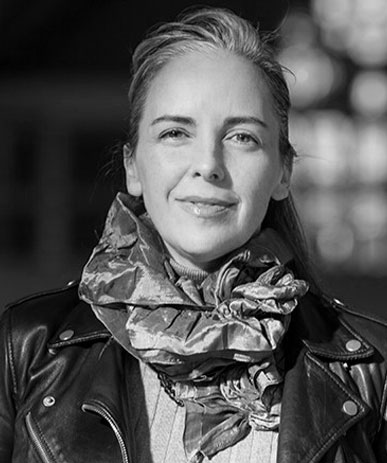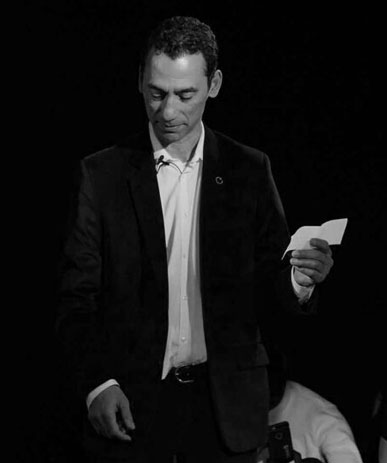Études de cas
Justice réparatrice
* For image references, please scroll to the bottom of the page.
Author of case study: Greg Labrosse
Geopolitical location of space:
Montes de María
Departments of Sucre and Bolívar
Extant? Yes
Architect:
The design process was led by Centro Ático, a design studio at the Javeriana University in Bogotá, and Estudio Mapping, a multidisciplinary design studio also based in Bogotá.
The actual design began in 2013 and lasted for five years. Activities are ongoing.
The idea for the museum started in 2011 as a collaborative research project between the Línea 21 Communications Collective of Montes de María and the Narrators of Memory Collective, which included the participation of men, women and children from seven different municipalities of the region. The actual design began in 2013 and lasted for five years. The design process was led by the Centro Ático, a design studio at the Javeriana University in Bogotá, and was actively supported by several international organisations: the Spanish Agency for International Development Cooperation (AECID); the Catalan Agency of Cooperation to the Development (ACCD); the Movement for Peace (MPDL); and the Embassy of France.
The objective of the museum is to foster dialogue, reconciliation, non-repetition, and meaning-making within the communities of the Montes de María region.
It is designed as an exhibition and sharing/dialogue/learning space.
Its activities are mostly directed to the communities of the Montes de María region, but as a museum, it is open to all.
The museum is public.
The Museum defines itself as a platform for symbolic reparation where the public and political voices of the communities affected by the armed conflict in the territory of Montes de María are recovered. Montes de María is a cultural and geographical subregion of the Caribbean coast of Colombia. It covers an area of 2,677 km2, encompassing fifteen municipalities of the departments of Sucre and Bolívar. The territory has been one of the most affected by Colombia’s armed conflict. Between 1985 and 2017, a total of 3,197 selective murders, 117 massacres, and 234.098 forced displacements were registered there, as per data provided by the National Center of Historical Memory. The violence in the region stems primarily from the conflicting interests of different groups aiming to exploit the territory’s environmental wealth and its strategic geographical position.
The museum is itinerant and participatory. Its structure is made of wood, which makes it possible to disassemble and relocate. Since 2019, it has traveled to five different municipalities of the region. The total weight of the complete structure is 35 tons; it is 18 meters long, 12 meters wide and 5 meters in height. The physical structure houses the “tree of life” from which 700 leaves with the names of the victims hang; there are also testimonies of the conflict. The winged shape lateral roof emulates the flight of the mochuelo, an emblematic songbird of the region, with the purpose of giving prominence to the oral histories of the region’s victims.
The museum was created to be itinerant because this enables an active participation of the communities in its activities. As such, it aims to foster social mobilisation, public formation and visibility throughout the Caribbean region as well as other areas of the country. Its mobility makes it easier for communities to generate articulating mechanisms of self-representation and symbolic reparation, central in the construction of dignifying life projects and autonomy in the territory.
The Itinerant Museum of the Memory of Montes de María is designed as a space composed of three dimensions that form a unified whole: Territory—the particular characteristics of the geographical region; Memory—the right of the citizens to participate in the telling of their own story as a necessity of non repetition; Communication—the exercise of the right to advocate for the transformation of a territory forced to live with the burden of its tragic history. The museum, thus conceived, becomes a form of resistance to the erasing of memory, as well as a mechanism for non-repetition, by virtue of its pedagogical component, which promotes the community’s social reconstitution.
The museum’s programming not only includes a tour of the different exhibition spaces, but also presentations from local artists, singers and community groups, who add their voices to the testimonies and artifacts on display. These activities are coordinated by a large number of volunteers, mostly high school and university students from the region who have been trained as guides. The majority of the museum visitors are local residents (of all ages), but despite its relatively small scale, national and international participants have also been involved in the museum’s processes.

est auteure, conférencière, chroniqueuse et podcasteuse dans les domaines de l'architecture et des arts décoratifs. Elle termine sa maîtrise en histoire de l'art à l'Université Concordia, à Montréal, et détient un baccalauréat en commerce avec une majeure en marketing de la John Molson School of Business. Elle a étudié la psychologie industrielle à Los Angeles, en Californie. Sicotte est l'auteure de deux ouvrages publiés sur le design (2015, 2018) aux éditions Cardinal.

est candidate colombienne au doctorat au Département d'histoire de l'art de l'Université Concordia. Elle a une formation en design architectural et en activisme communautaire et détient une maîtrise en bâtiment et design urbain de la Bartlett School of Architecture à Londres, en Angleterre. Ses intérêts se concentrent sur l'art socialement engagé, les mouvements sociaux, l'activisme collaboratif dans des scénarios post-conflit, l'art produit collectivement et l'art produit en relation avec le cadre bâti.

est candidat au doctorat en sciences humaines à l'Université Concordia. Ses recherches portent sur l'agentivité spatiale, l'esthétique sociale, les récits des jeunes et les représentations graphiques de la mémoire urbaine. Il a publié sur la relation entre les enfants, le jeu et l'espace public à Carthagène, en Colombie. Il a également travaillé comme éditeur sur des projets littéraires, dont Territorio Fértil, qui a reçu le prix María Nelly Murillo Hinestroza pour la littérature afro-colombienne.

est professeure agrégé et Chaire de recherche du Canada en architectures de justice spatiale (niveau 2) à l'École d'architecture Peter Guo-hua Fu de l'Université McGill, Montréal, Québec, Canada. Ses intérêts de recherche comprennent le logement à loyer modique et le design participatif, la protestation civile et le design urbain, ainsi que les paysages des campus et la race. Ses publications incluent le livre co-édité, Orienting Istanbul (2010) et le livre (auteure unique), Istanbul Open City (2018).

est artiste et professeure d'histoire de l'art à l'Université Concordia. Ses travaux portent sur les femmes et l'histoire du cadre bâti, les paysages urbains, la recherche-création et l'histoire orale. Elle a publié sur l'histoire spatiale du mouvement pour le suffrage des femmes, l'art public, les jardins et les politiques du changement urbain. En plus de ses recherches sur les espaces de justice réparatrice et transitionnelle, elle dirige un projet d'histoire orale sur les mémoires urbaines des montréalais et montréalaises.

est un ancien titulaire de la Chaire de recherche du Canada en interprétation de l'histoire orale (2016-2021). Il est professeur agrégé au Département de théâtre de l'Université Concordia et codirecteur du Centre d’histoire orale et de récits numérisés (CHORN) de Concordia. Sa subvention de la Fondation canadienne pour l'innovation en infrastructure lui a permis de créer le Laboratoire d'écoute active (ALLab) en 2018. Basé au CHORN, l'ALLab est un centre de recherche-création de premier plan pour le pouvoir transformateur de l'écoute.